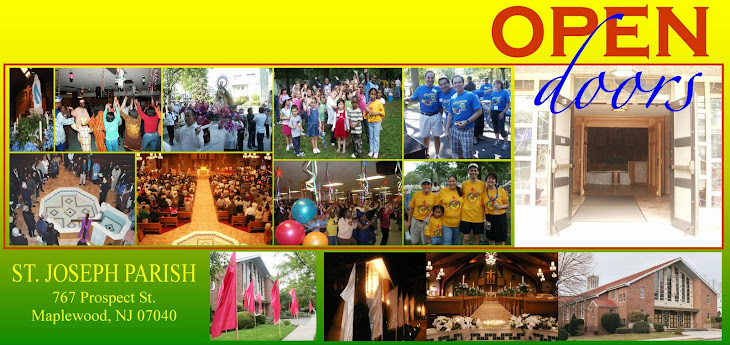This sacrament was revised to lead to a wider availability of the Sacrament and to extend it beyond cases of moral illness.
One of the most important documents issued by the Second Vatican Council is the Constitution on the Sacred Liturgy, also known by its Latin name, Sacrosanctum Concilium (Dec. 4, 1963.) The Constitution on the Sacred Liturgy called for the renewal of many of the liturgical rites of the church, including the sacrament of Anointing of the Sick. Over time this sacrament had become entwined with preparation of the dying, but Liturgy encouraged the church to return to its more ancient roots and decreed that, “Extreme Unction,” which may…more fittingly be called “Anointing of the Sick,” is not a sacrament intended only for those who are at the point of death.” (Liturgy, #73)
One of the most important documents issued by the Second Vatican Council is the Constitution on the Sacred Liturgy, also known by its Latin name, Sacrosanctum Concilium (Dec. 4, 1963.) The Constitution on the Sacred Liturgy called for the renewal of many of the liturgical rites of the church, including the sacrament of Anointing of the Sick. Over time this sacrament had become entwined with preparation of the dying, but Liturgy encouraged the church to return to its more ancient roots and decreed that, “Extreme Unction,” which may…more fittingly be called “Anointing of the Sick,” is not a sacrament intended only for those who are at the point of death.” (Liturgy, #73)

No comments:
Post a Comment